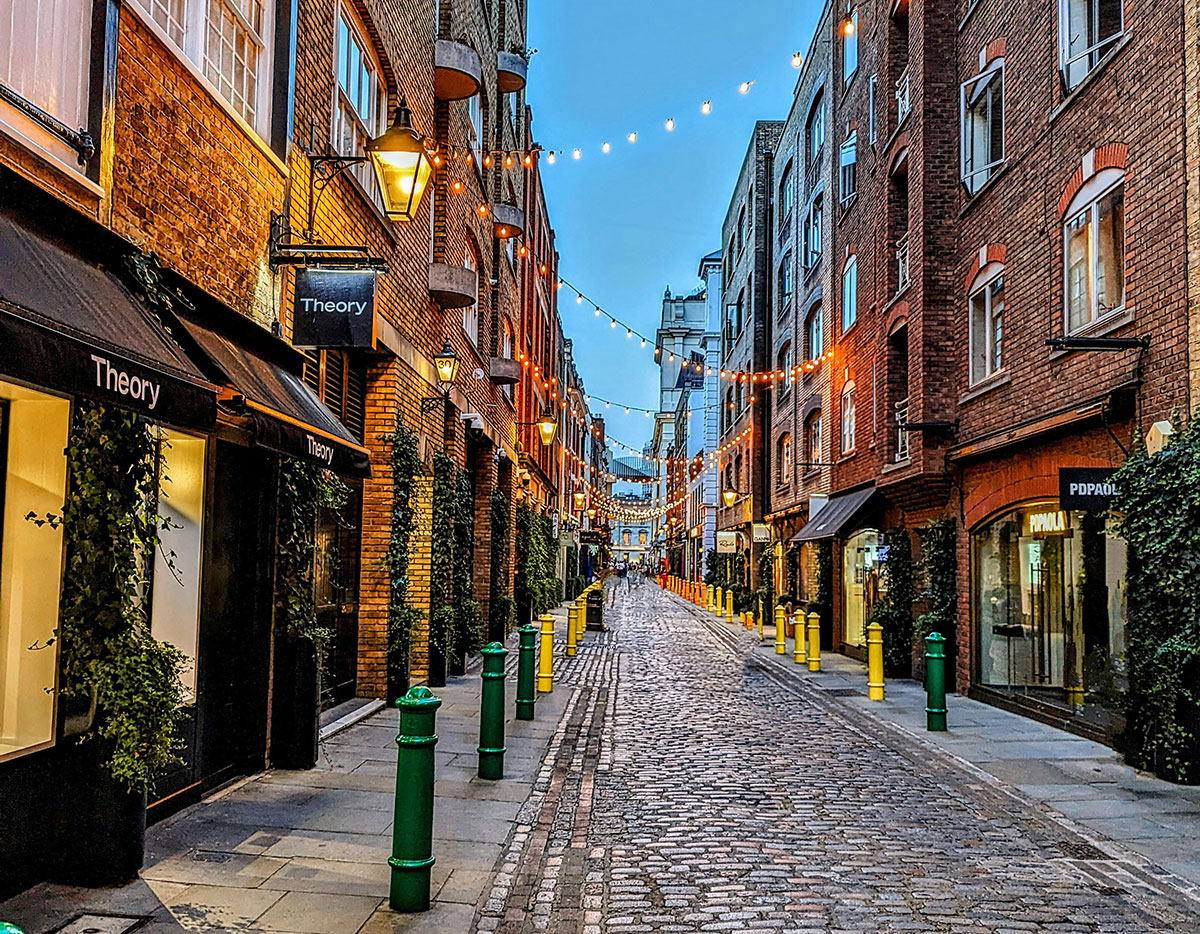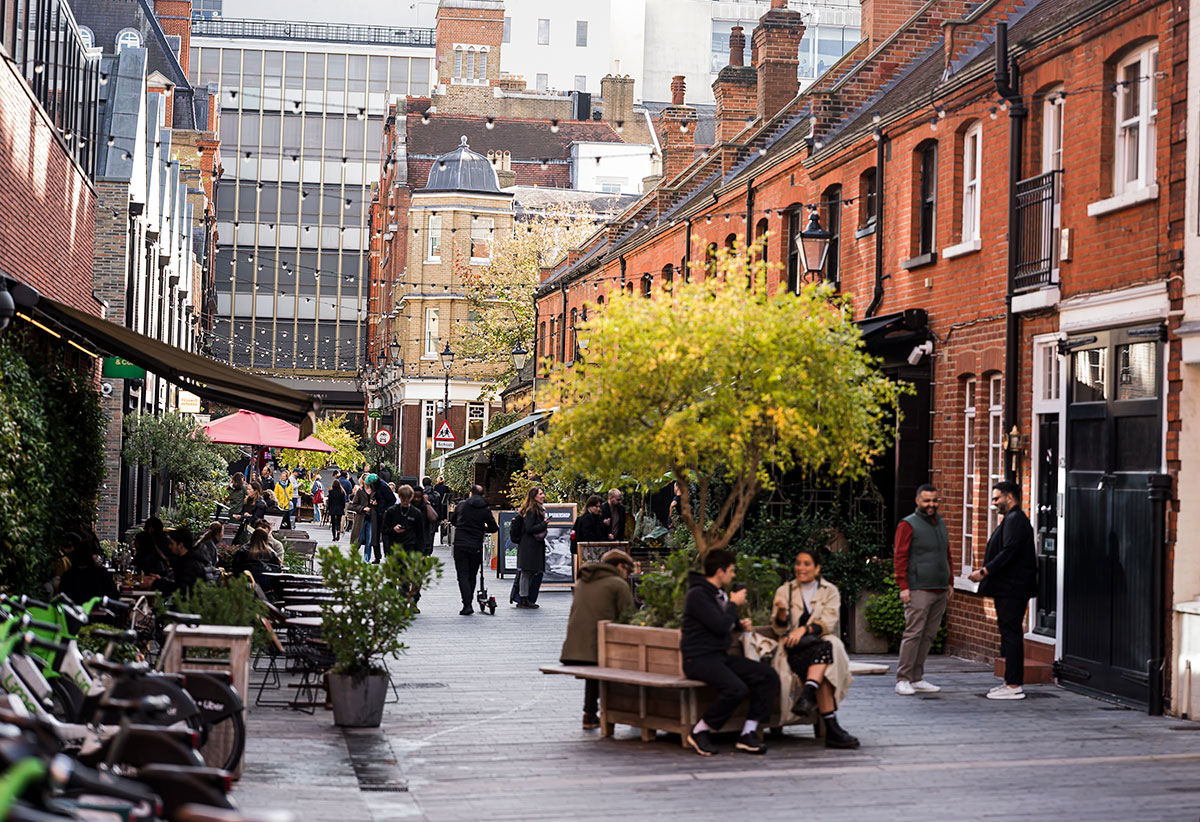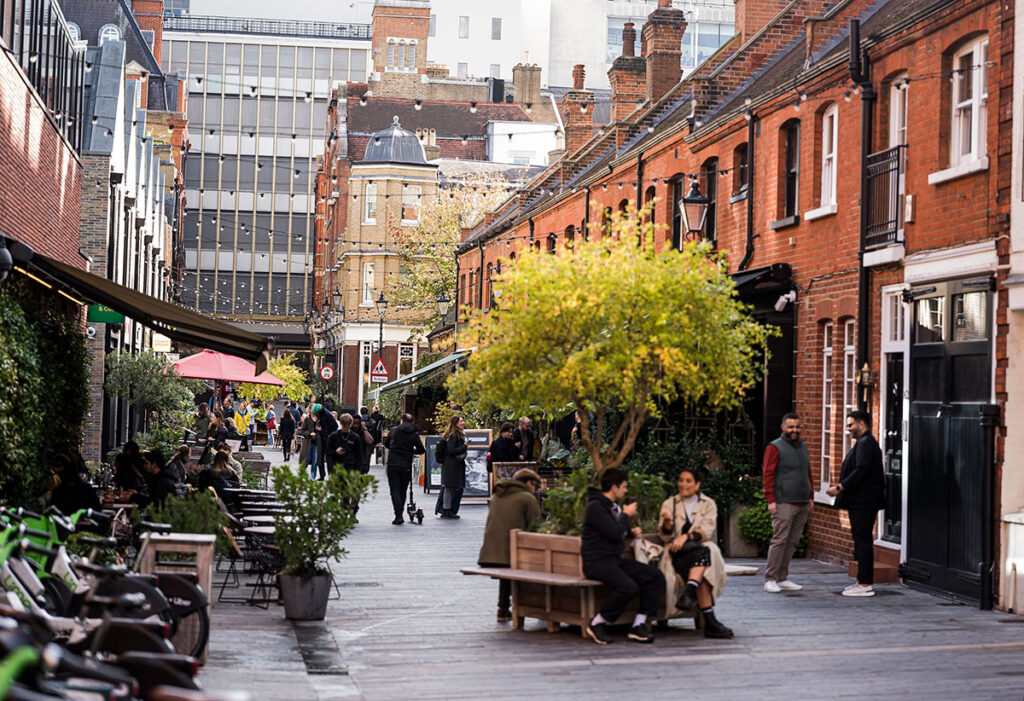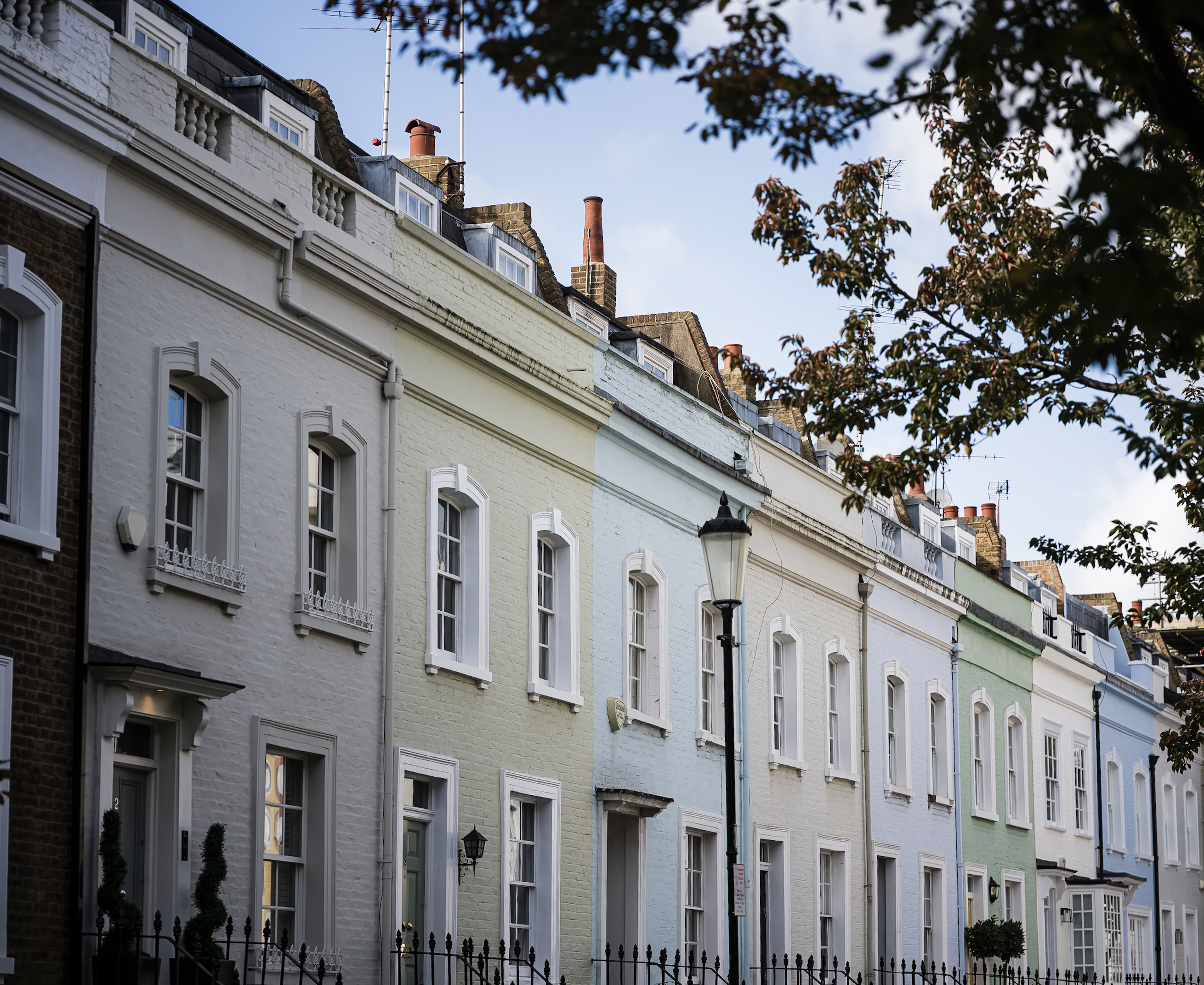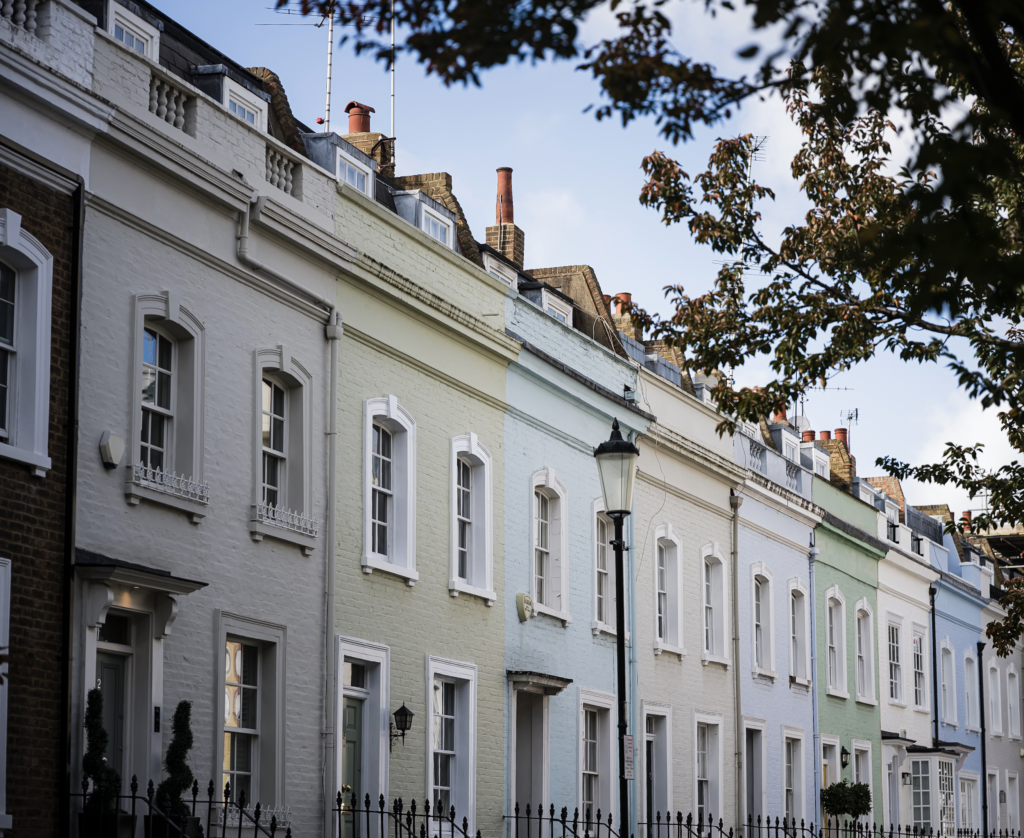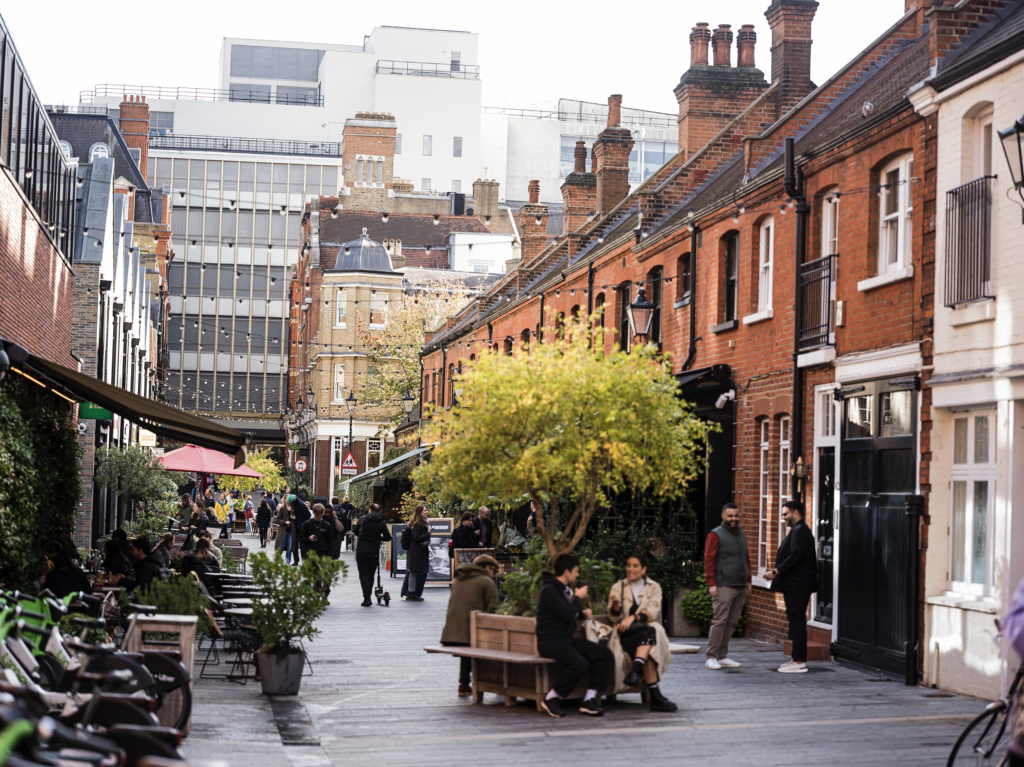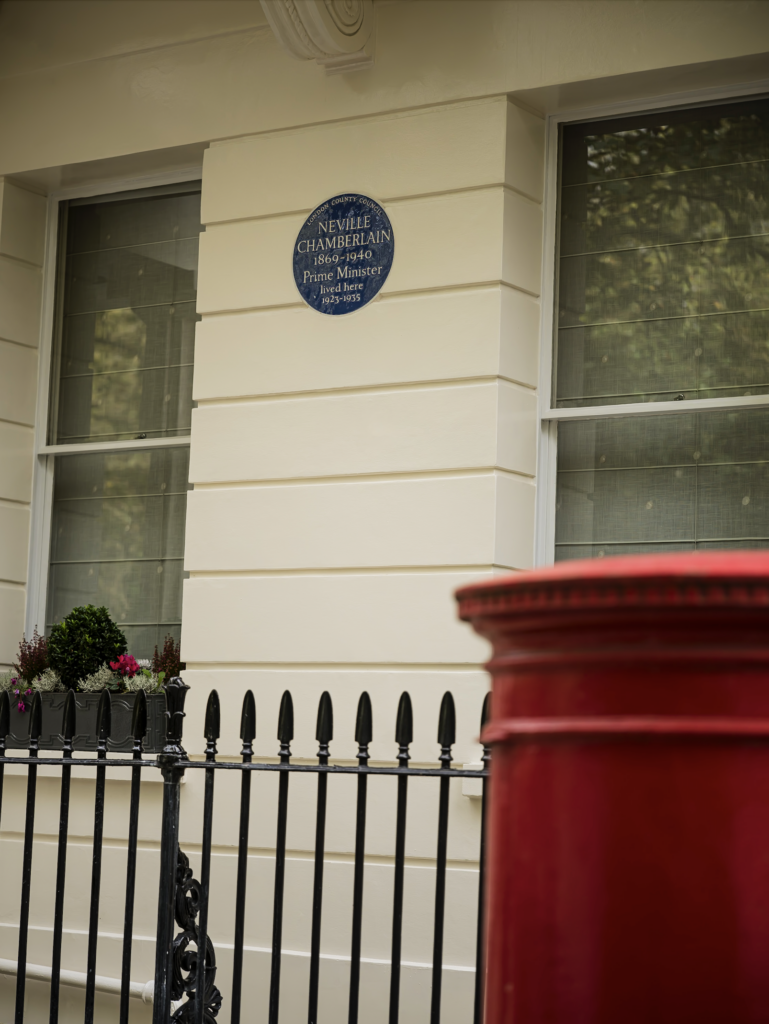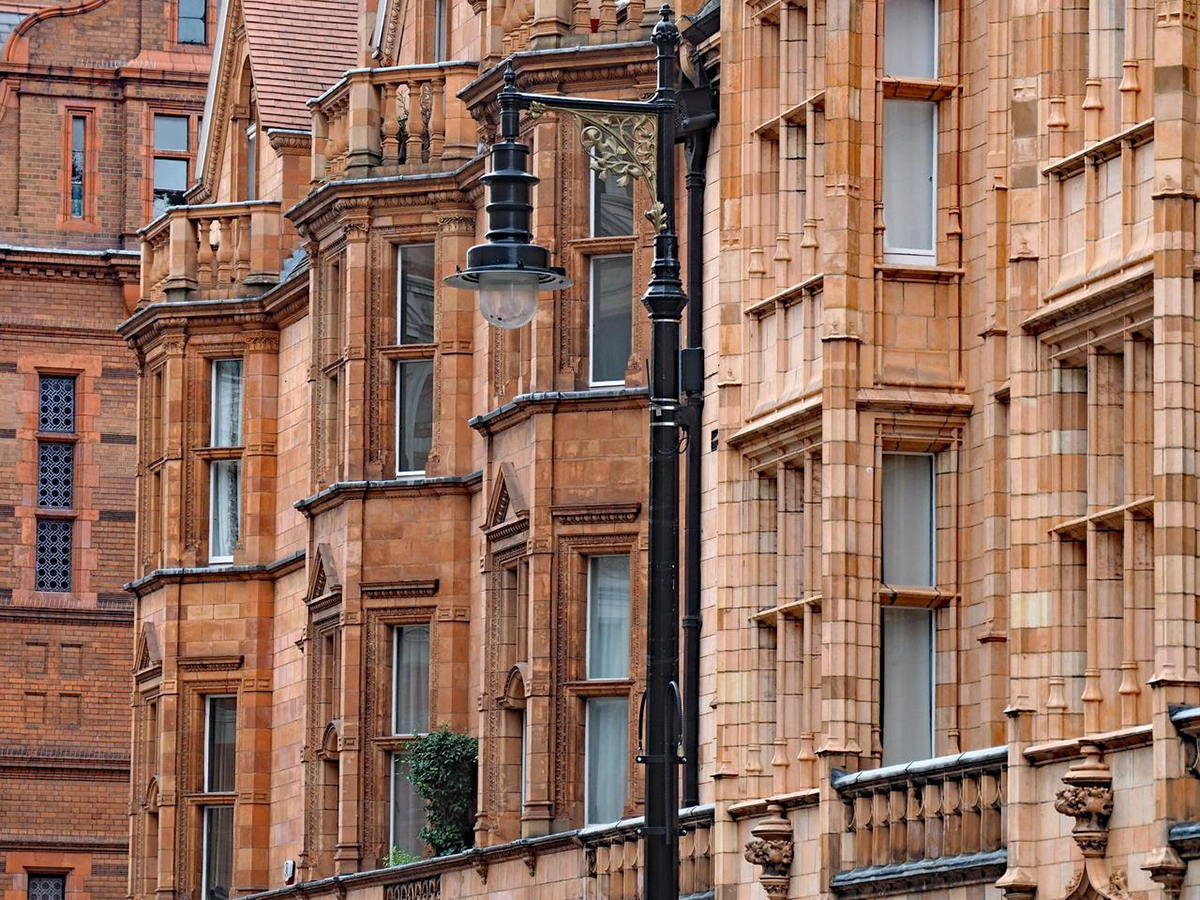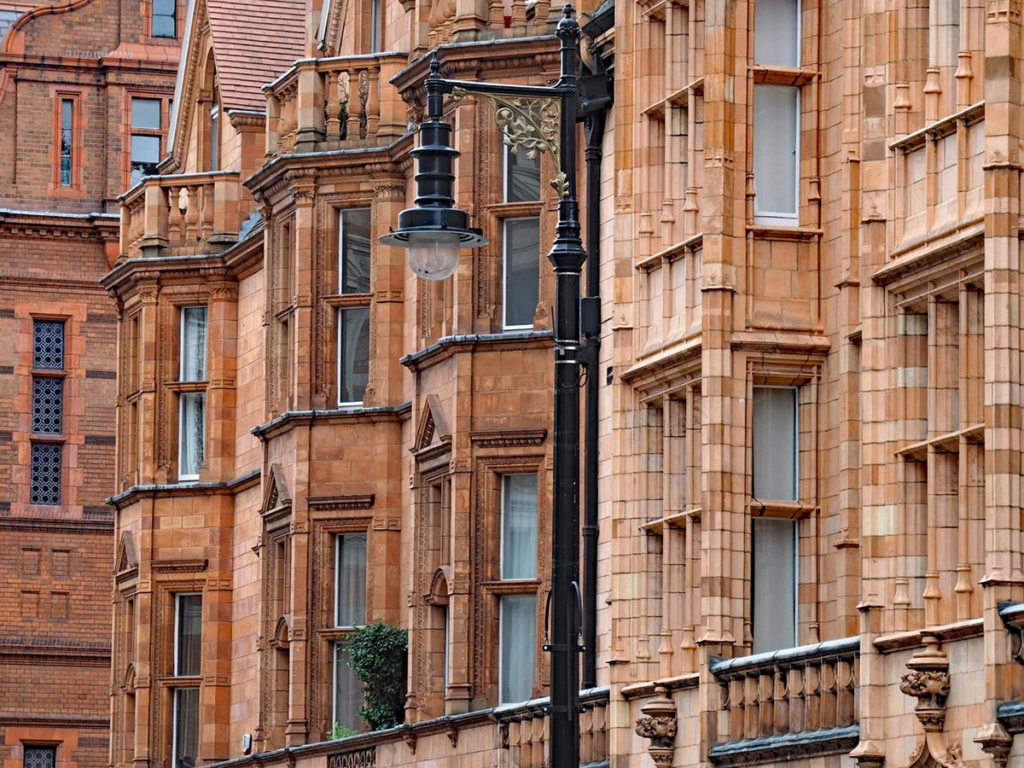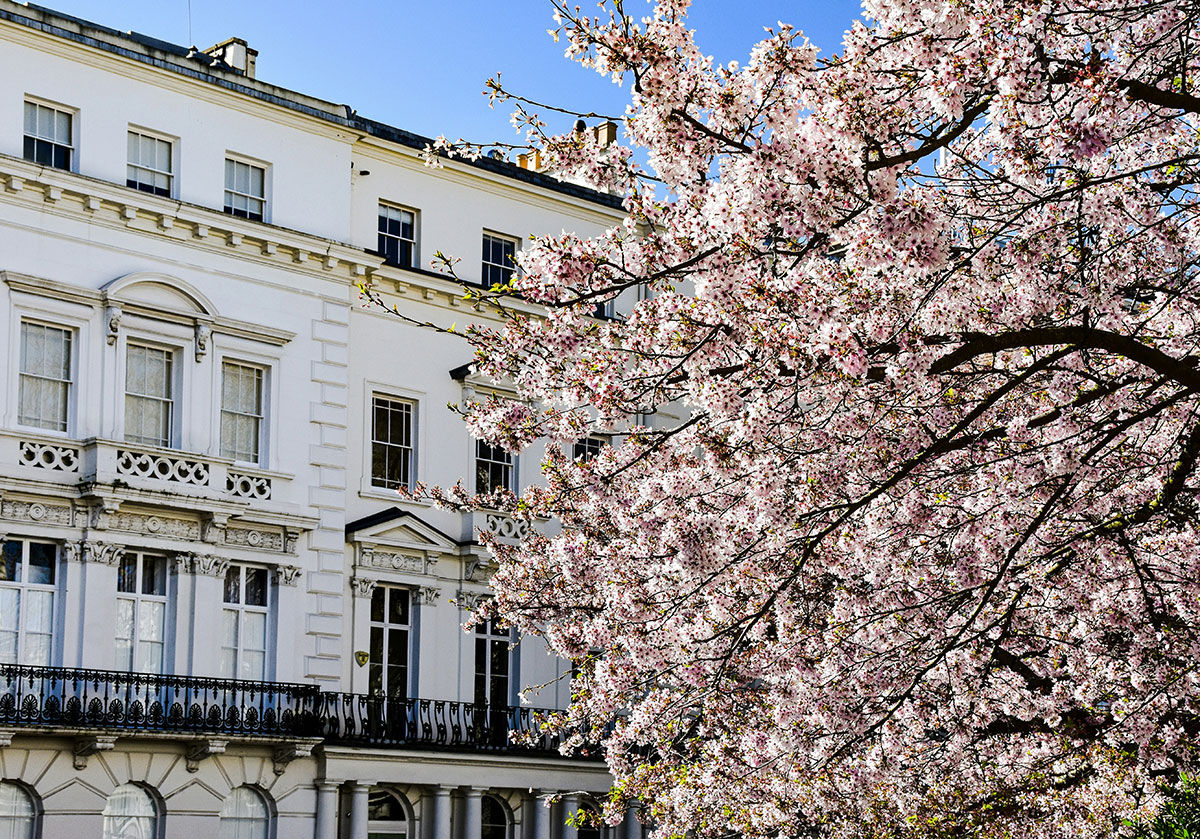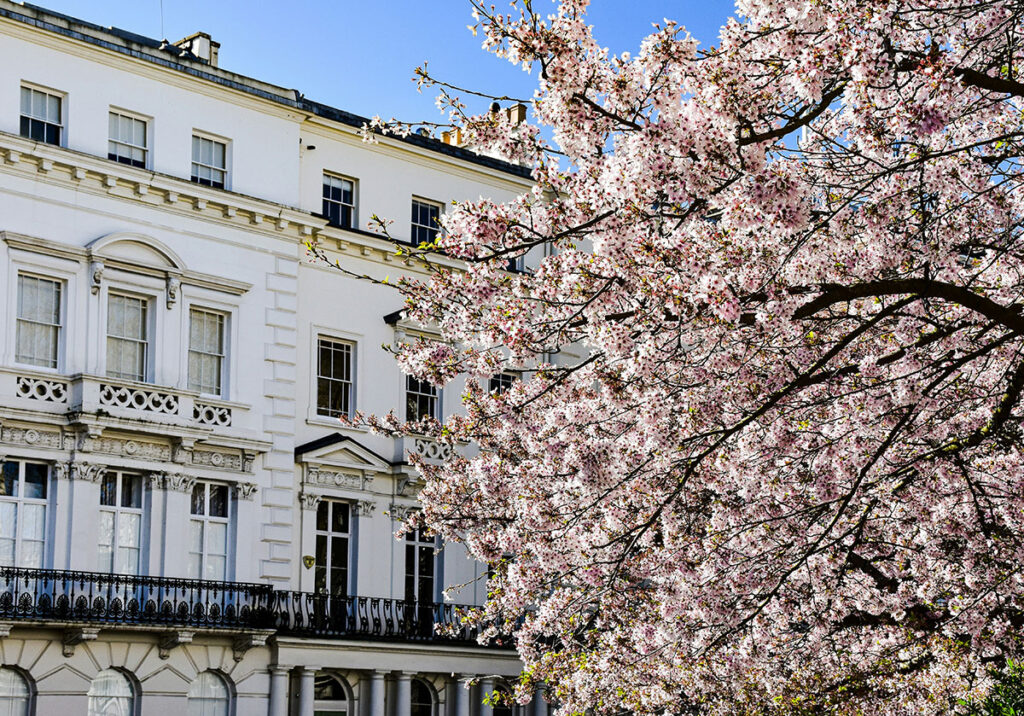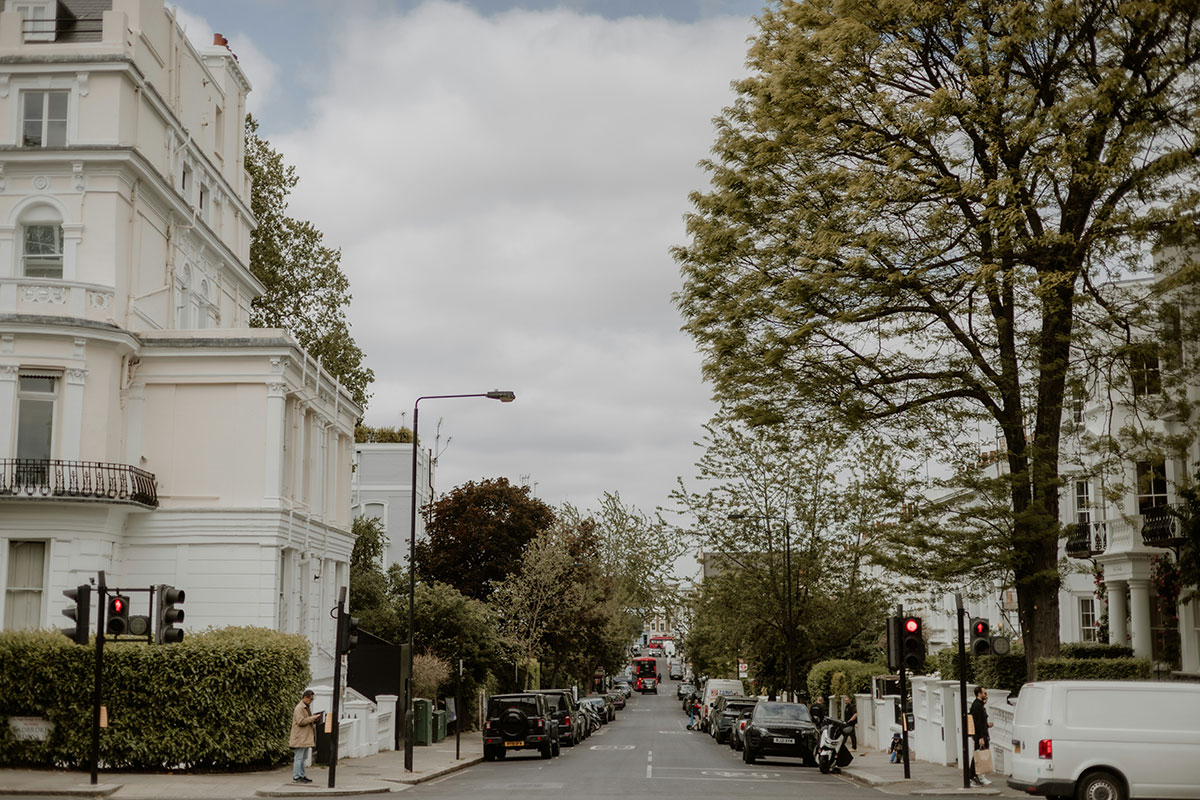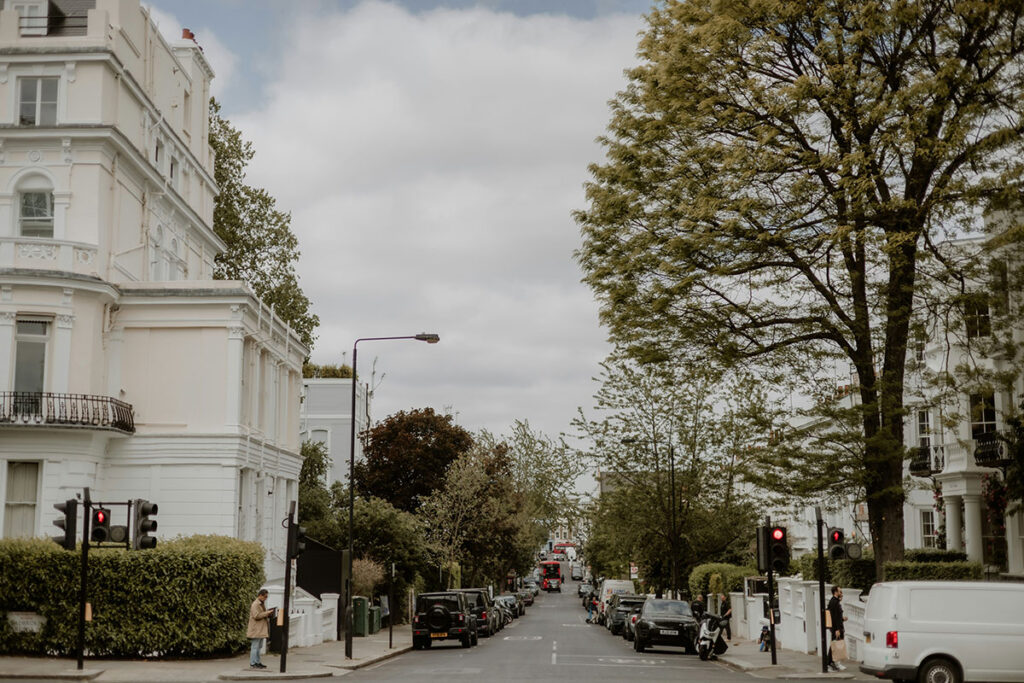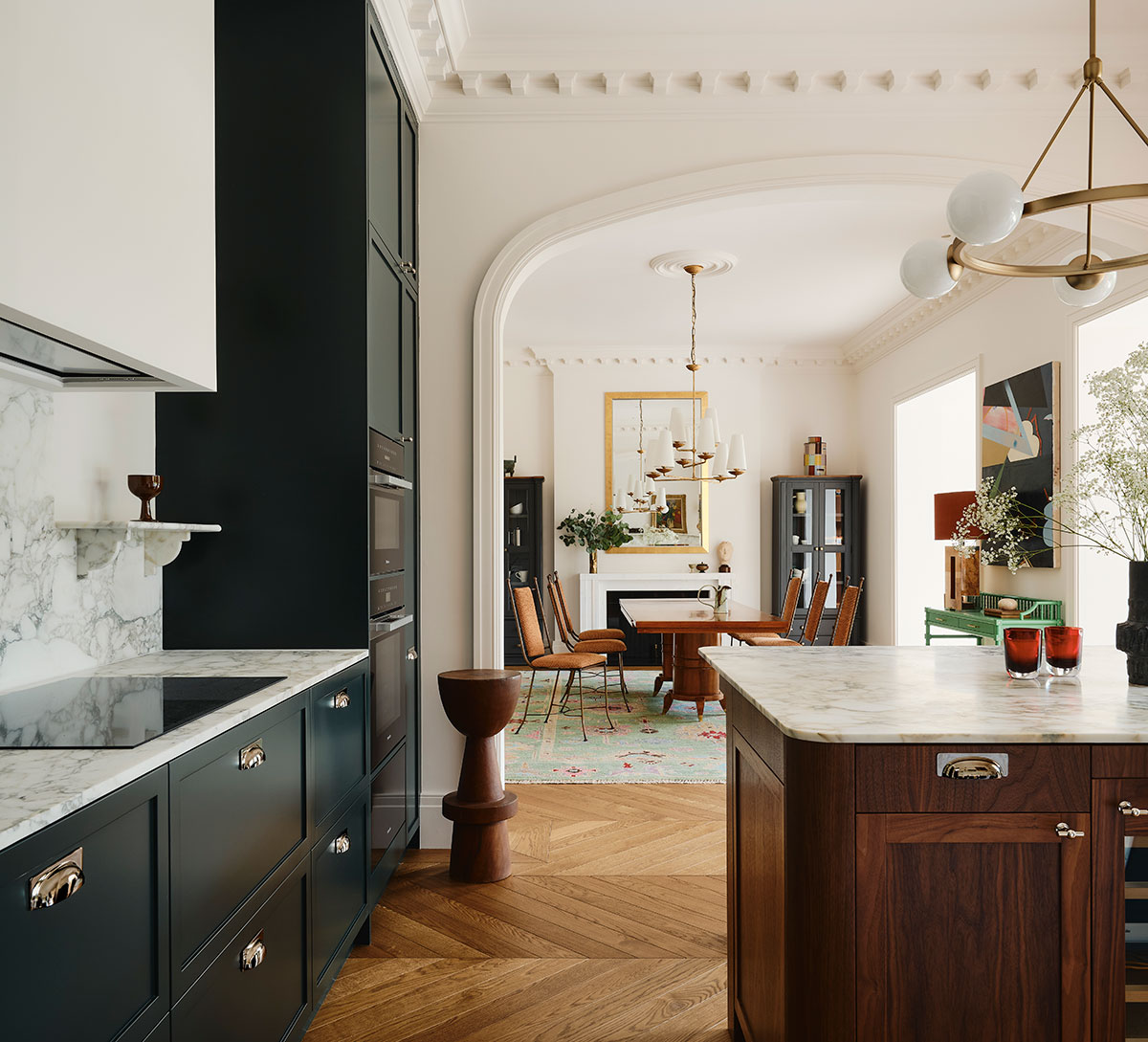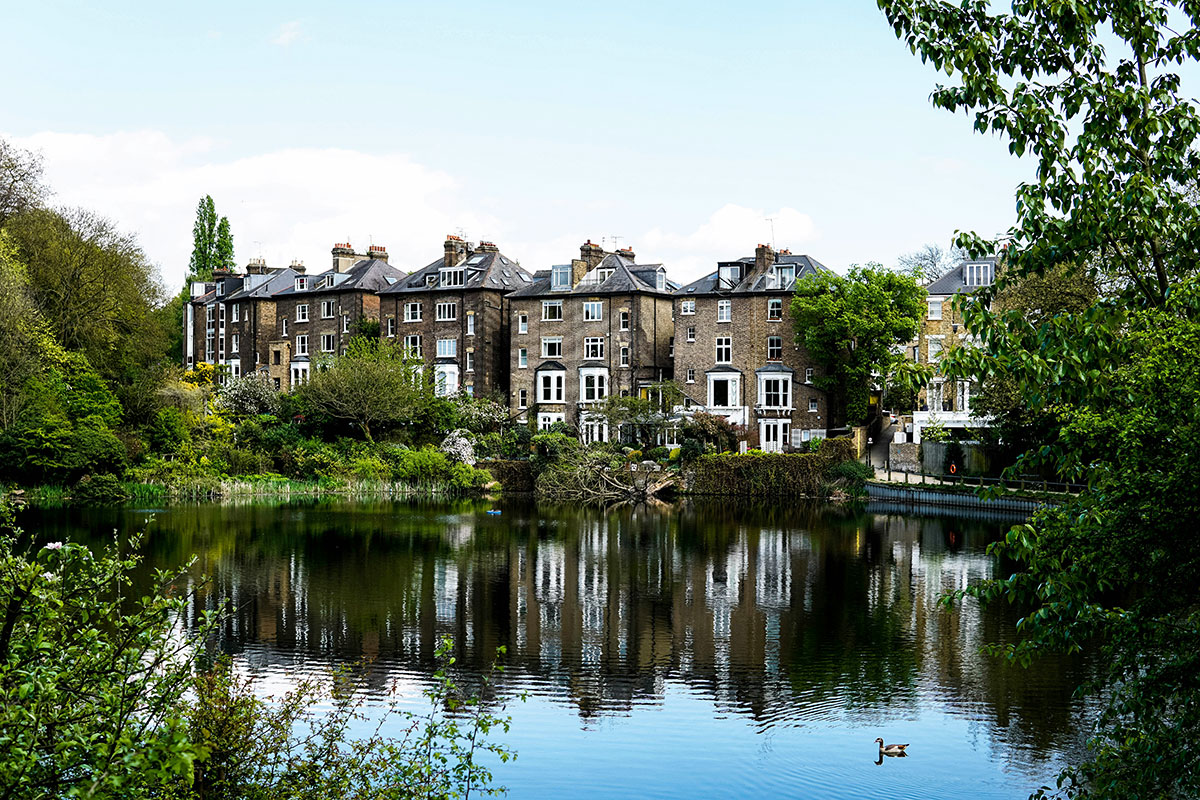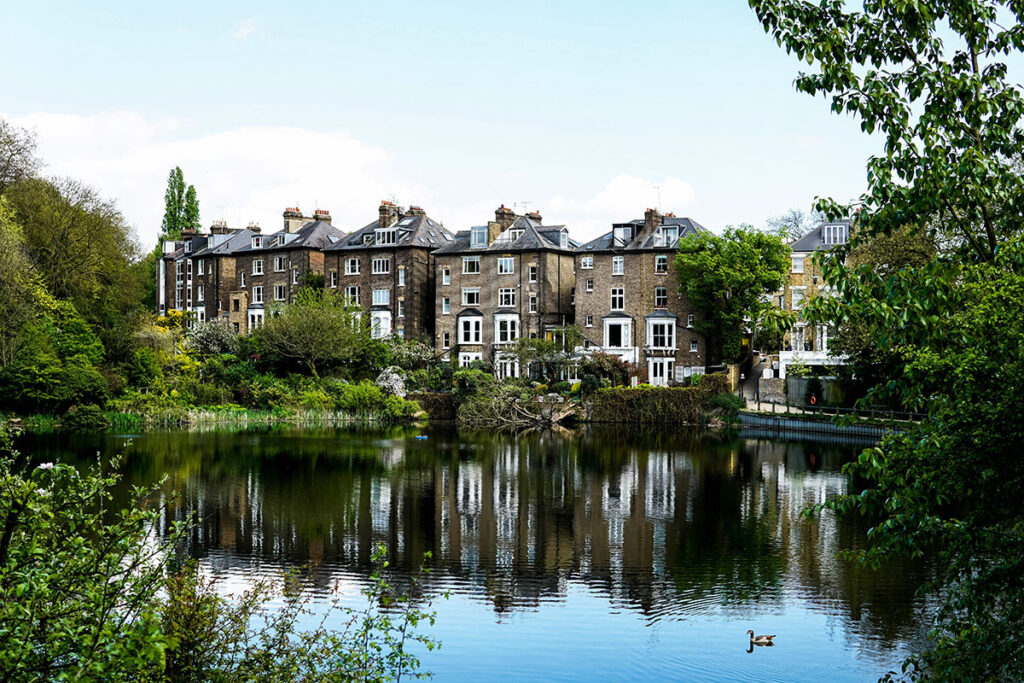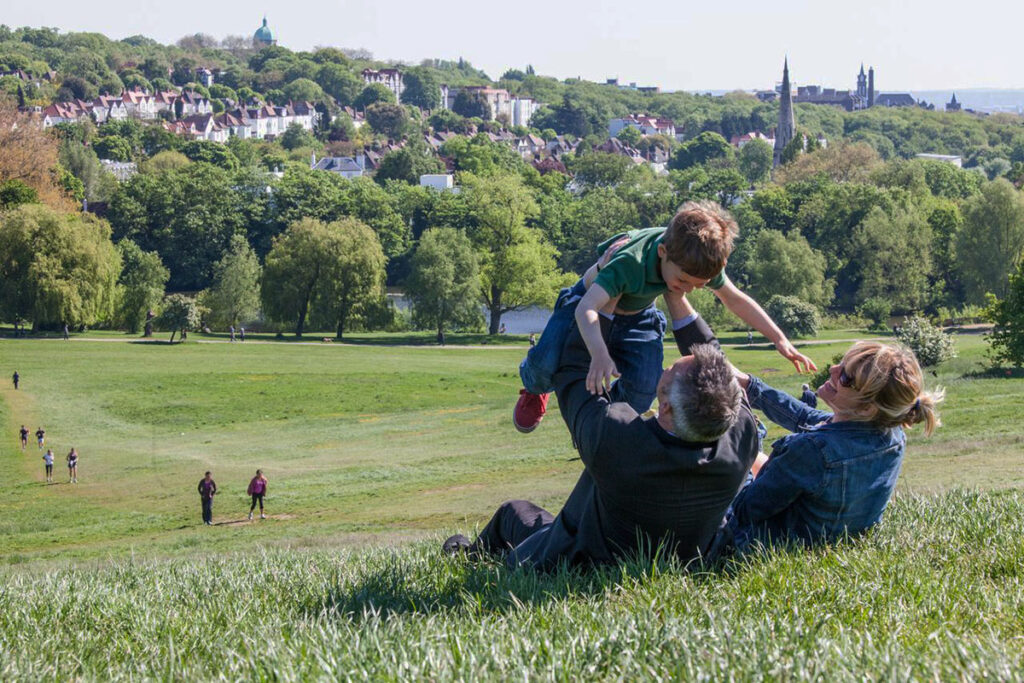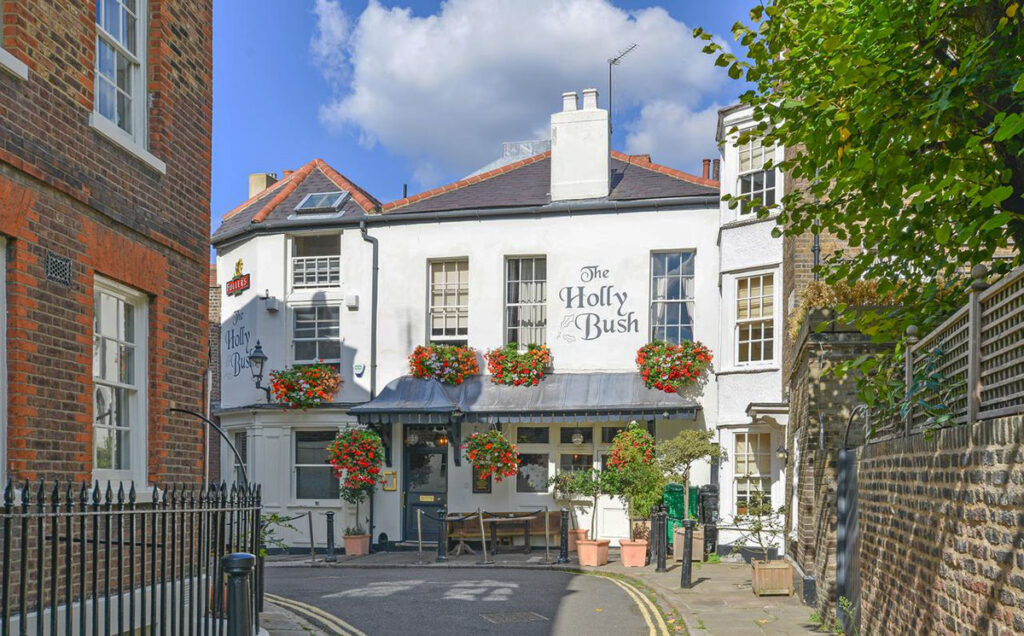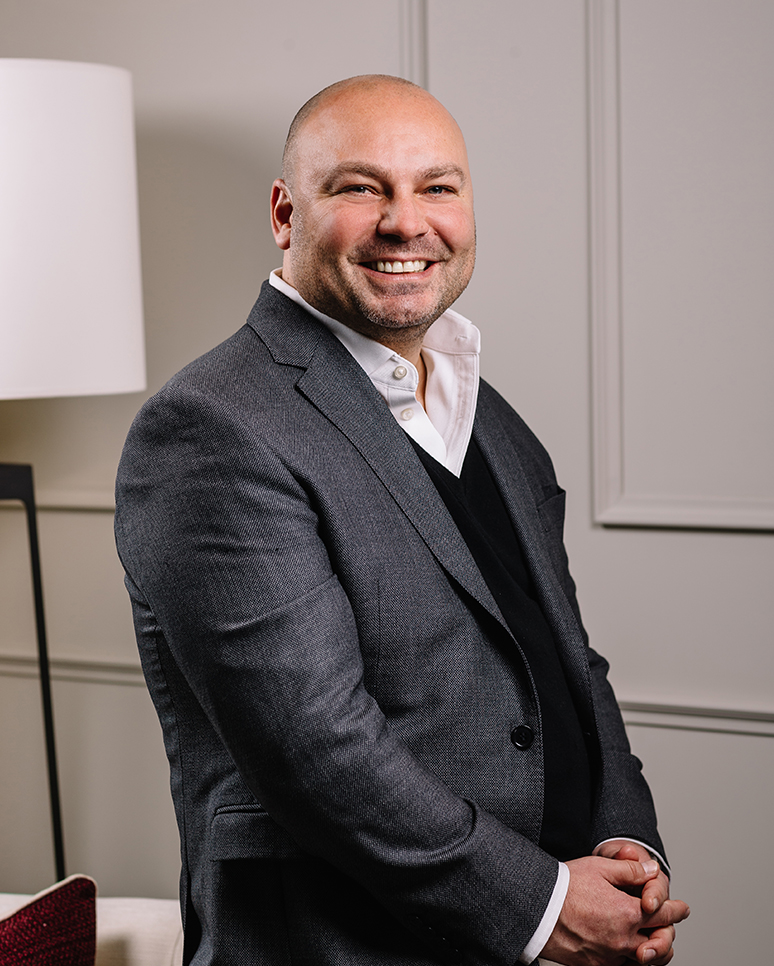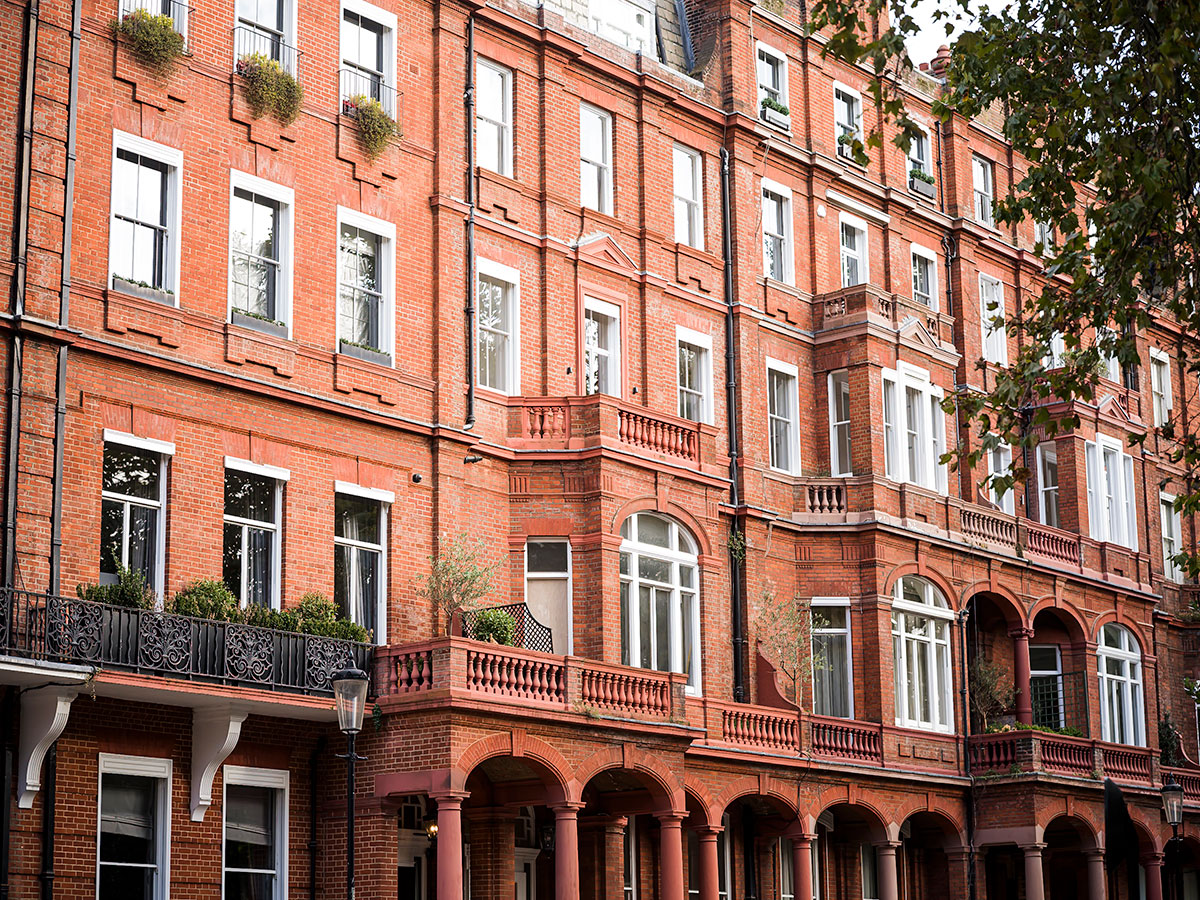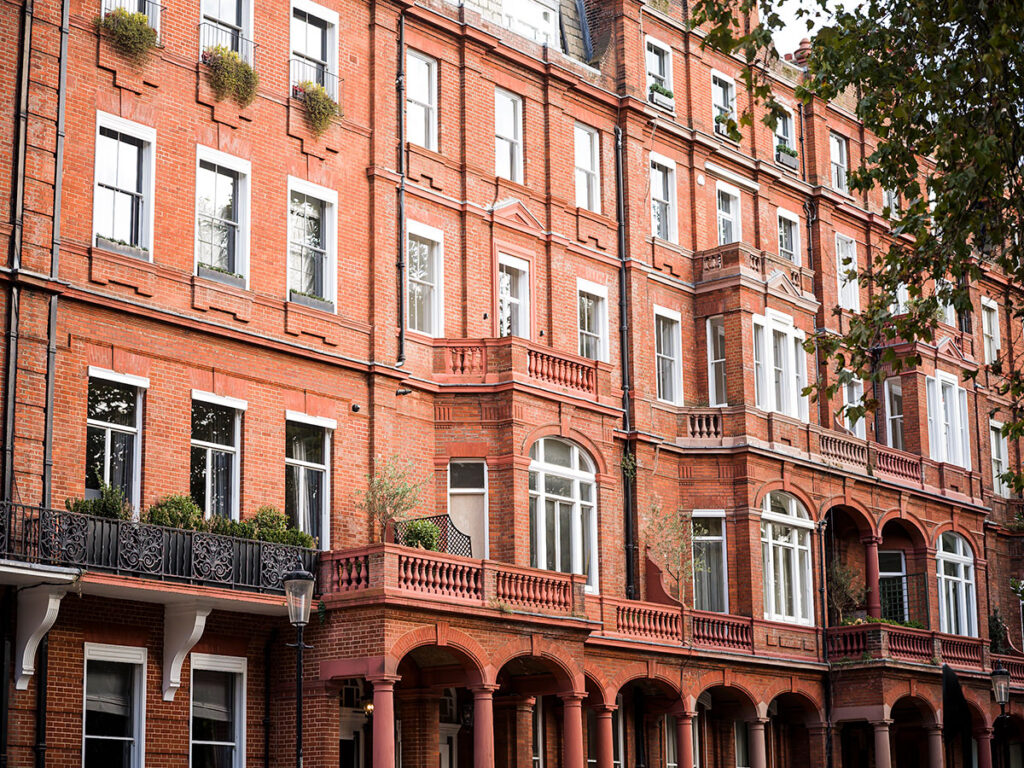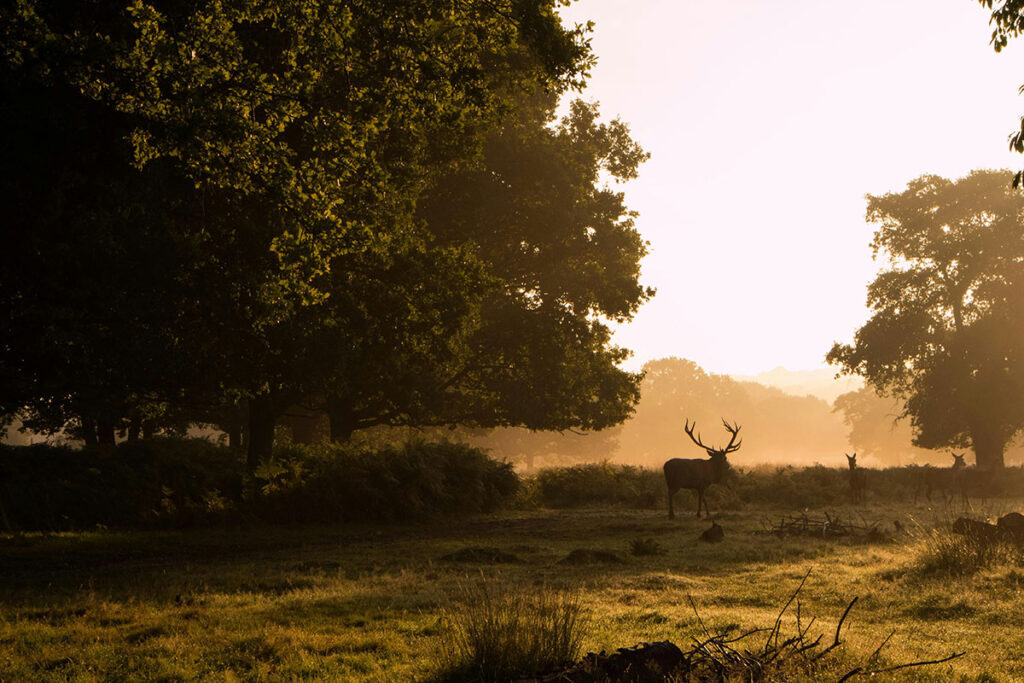Vibrant, dynamic and at the cultural and creative heart of London, Soho and Covent Garden offer buyers a unique lifestyle. With significant investment in the area and real value to be found, our Partner in London, Toto Lambert, explains what makes them a compelling alternative to the Prime Central London stalwarts
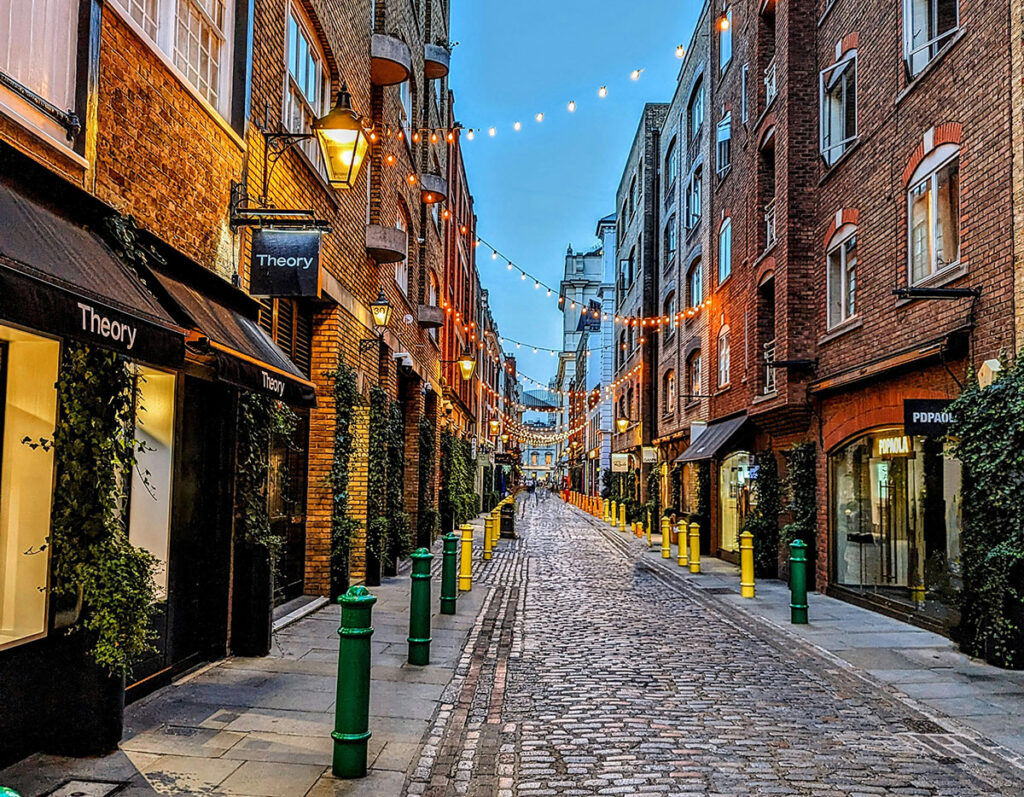
For buyers drawn to a neighbourhood with energy, culture and personality, few areas of London rival the atmosphere of Soho and Covent Garden. From sweeping piazzas to cobbled courtyards, lively independent restaurants, some of the city’s finest shopping and, of course, the bright lights of the West End’s theatre district, it takes some beating.
Here you can find properties to be lived in – not merely hotel-style suites designed for occasional stays. You’ll find homes where you can entertain, host friends and family, and be within walking distance of the action. And for buyers searching for a pied-à-terre, it offers an exciting, distinctly different lifestyle from a primary home in the country.
The Elizabeth Line now links Tottenham Court Road directly with Paddington and into Berkshire, while Waterloo is a short and pleasant walk, making it easy to travel between central London and countryside homes in Surrey or Hampshire.
While the likes of Chelsea, Notting Hill and Kensington offer timeless appeal for family living, Soho and Covent Garden bring something altogether different: verve and variety. Ideal for couples, singles and – increasingly – empty nesters looking for a London base that feels invigorating, not isolating.
Many of my clients searching in this area fit this profile – still working, often with grown-up children and keen to enjoy the best of the city’s cultural life. One couple that I recently worked with chose to focus their search in this area because of their passion for the theatre. With 39 West End theatres concentrated within a walkable distance, not to mention galleries, museums and the Royal Opera House, this location is a dream for arts lovers. And London’s theatreland is thriving, with record ticket sales last year and fresh investment flooding in. Generous tax incentives here are said to be persuading producers to debut their shows in London rather than Broadway.
Industrial Lofts to Classical Terraces
There are two clear architectural identities in Soho and Covent Garden. In Covent Garden you’ll find elegant, boutique new developments such as Capco’s Floral Court Collection – 31 individually designed homes with balconies and private terraces in the historic Westminster Fire Office building, with incredible views towards the London Transport Museum. These one, two and three-bedroom apartments offer intimacy and charm that is rarely found in more expansive developments such as 190 Strand, on the south side of The Strand, with over 200 residences.
In Soho, you’ll find more industrial, loft-style living such as the prestigious Hat Factory Apartments on Hollen Street. This converted former factory building dating from the 1880s offers contemporary, open-plan, light-filled spaces, private terraces and plenty of history. Soho is also home to handsome Grade II-listed Georgian townhouses, like those on Betterton Street in the Seven Dials Conservation Area and on leafy Soho Square overlooking the central gardens.
Price-wise, there’s genuine breadth – from around £1,600 to £2,700 per square foot. Value is driven by factors such as the presence of concierge services, high specification finishes and private outdoor space, as well as architectural significance and building prestige.
A Sophisticated, Spirited Lifestyle
What truly distinguishes this part of London, though, is the lifestyle that it offers. The iconic home of the defining music and fashion movements of the 1960s and the centre of London’s LGBTQ+ community, Soho continues to pulse with creativity and diversity, edged with a certain flamboyance.
Historic Covent Garden offers a more classical atmosphere and sense of grandeur with its colonnaded Piazza – a market in some form since the mid 1600s – and the Royal Opera House with its beautiful glazed entrance pavilion. Colourful Neal’s Yard adds a splash of the bohemian, while pretty, cobbled Floral Street is renowned for shopping.
Nearly a third of London’s 30 best restaurants, according to The Telegraph this month, can be found in Soho and Covent Garden – including The Devonshire, The French House and Rovi in Soho, and Cora Pearl in Covent Garden.
The area is also seeing robust commercial confidence. Diageo is investing £73 million in a new brewery, restaurant and training academy near Neal Street. Meanwhile, international fashion brands like TALA and Autry have recently made their UK debuts in and around Soho’s famous Carnaby Street – a vote of confidence in its continued relevance and appeal.
Of course, this means that the area is bustling, but there are discreet oases of calm to be found, if you know where to look. Akasha wellbeing club at Hotel Café Royal on Regent Street was awarded England’s Best Hotel Spa at the 2023 World Spa Awards, and the AIRE Ancient Baths in Covent Garden is wonderfully atmospheric.
Why Work with a Buying Agent Here
As with many desirable London neighbourhoods, best in class properties in Soho and Covent Garden are often under the radar and rarely reach the open market. Our experience and networks grant us access and, with the advantage of local insight, we know which pockets offer peace and discretion and who your neighbours might be.
In this market, it pays to look through a ten-year lens and consider a home here as a long-term investment. Whether as a pied-à-terre or as a main residence, considerations like lift access, on-site security and a peaceful position are important to factor in when looking to future-proof your property purchase.
Right now, Soho and Covent Garden offer invigorating appeal, variety and long-term value. For the right buyer, this is an area brimming with opportunity.

Toto Lambert is our Partner in London
For news, expert commentary and invaluable property insight, subscribe to The Insider, our quarterly newsletter, here.
